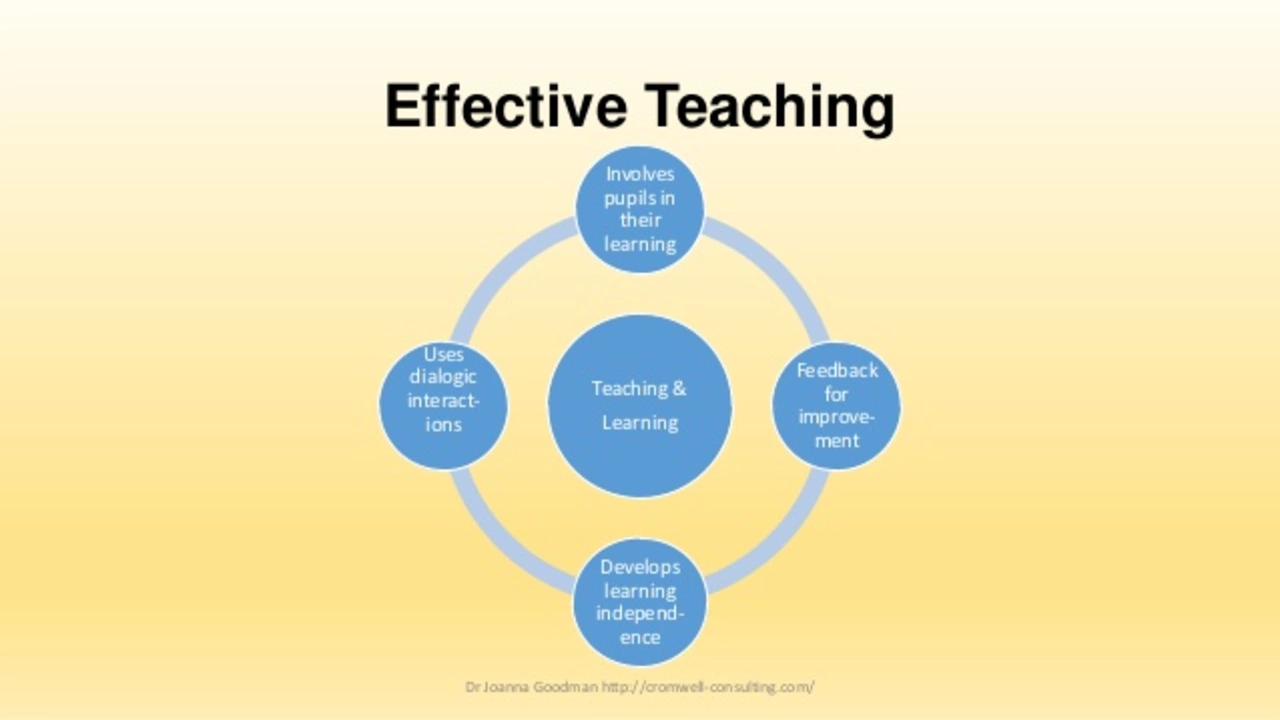When you start a medicine, you want to know fast: is it helping? Effectiveness isn’t just “it worked for someone else.” It’s a mix of clear signs, the right timeframe, and the type of evidence behind the drug. Below I’ll give you a straightforward way to check if a treatment is doing what it should and when to push for changes.
Use this short checklist each time you try a new med:
Keep a short log for one to four weeks depending on the treatment. Note dose, time taken, symptom score, and side effects. Bring that to your clinician—it speeds up smart changes. When reading about a drug, check two things: how big the benefit was (not just "statistically significant") and what people in the study looked like—age, other conditions, and duration.
Real examples from our site help make this concrete. For antifungals like Lamisil (terbinafine), effectiveness depends on the infection type and treatment length—nail fungus often needs months of therapy. For seizure meds such as Dilantin (phenytoin), effectiveness is judged by fewer seizures and fewer emergency visits, but monitoring blood levels matters. Painkillers and migraine drugs are judged on speed and percent pain relief at fixed time points. Use those post guides to see expected timelines and common side effects.
If a medication seems ineffective, don’t double up doses. Talk to your prescriber about dose adjustment, drug interactions, or switching classes. For chronic meds, check discount programs and alternatives if cost affects adherence—skipping doses makes any drug look ineffective.
Effectiveness is personal. Use clear goals, a simple tracking method, and good evidence. If you want, start by checking articles tagged “effectiveness” on this site to see real examples and timelines for specific drugs and conditions.

As a blogger, I often get asked how long it takes for Sulfasalazine to start working. After some research, I found out that the effects may vary from person to person. Generally, it takes around 1-2 months for Sulfasalazine to show noticeable improvement in symptoms. However, some people might experience relief sooner, while others may take longer. It's important to be patient and communicate with your healthcare provider if you have any concerns about your treatment.